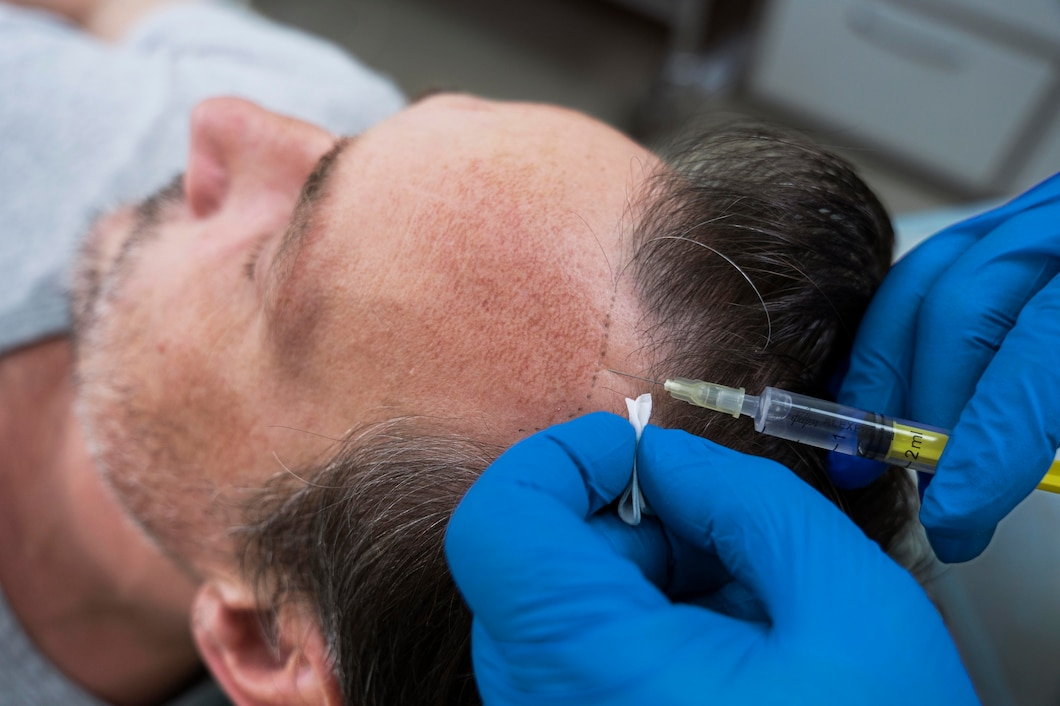Unsurprising, many studies link hair loss with lowered self-esteem in both men and women. Emerging studies also point to a growing prevalence of hair loss among the younger populace. Consequently, the hair loss treatments market continues to thrive with new solutions and improvements based on ongoing research. A popular form of treatment, hair transplant procedures offer natural results that do not appear overdone or obvious. However, it is essential to choose a qualified practitioner for reliable results.
In this process, the donor hairs are your most valuable item. The essential aspect to remember is that hair transplants can only fill in thinning areas of the scalp with hair from healthy areas. Since you only have so much hair on your head, surgeons will carefully attempt to save every single strand.
Utmost care is taken to avoid hair breakage or loss. This is why choosing the right hair transplant clinic is essential if you want the best results. Many people are unaware that using the wrong technique or dated equipment can damage the donor hair follicle location. Moreover, the efficacy of future treatments can also be affected.
Hair loss differs on a case-to-case basis. Therefore, it is advisable to consider a personalized hair loss treatment plan based on your gender, age, the nature and extent of hair loss, and budget.
How and why does hair fall out?
Male pattern baldness also called androgenetic alopecia, is the most common reason for hair loss and thinning. Most of the time, male pattern baldness is caused by the hormone dihydrotestosterone (DHT). Male sexual development before and during puberty depends on the levels of DHT.
Male pattern baldness is caused by a genetic sensitivity of hair follicles to the androgen DHT. This hormone “miniaturizes” hair follicles, i.e., it shrinks them. This shortens the lifecycle of hair follicles, stopping hair from growing as it should.
Compared to male pattern baldness, it is more challenging to figure out the cause of hair thinning in women. In females, the most typical type of hair loss is diffuse thinning over the scalp rather than a clear pattern.
Temporary hair loss is common and can have several causes, such as thyroid problems, pregnancy, and hormonal changes related to menopause. However, when illnesses or hormonal imbalances are not the reason, the effect of DHT and too many androgen receptors in hair follicles may be a likely cause.
What are the pros and cons of hair transplant surgery?
The effects are long-lasting. You may get great results with hair transplant surgery, which will only improve as your hair grows back after the treatment.
The process is not time-consuming, typically completed within a day with small intervals between steps. The procedure has garnered considerable positive feedback over time. However, a vital success factor is the experience of the practitioners involved.
A variety of hair transplantation procedures are available based on gender preferences and targeted body parts, such as the head, eyebrows, or chin. For instance, grafting your own hair to increase hair thickness or fullness is one of the most natural approaches. Depending on your specific case, the doctor would tailor the procedure to meet your needs and ensure the best results possible.
Types of hair transplant
The hair follicles are moved during hair transplant surgery in two ways. Talk with your doctor about the choices you have;
- Follicular Unit Transplantation (FUT)
In Follicular Unit Transplantation, a strip of hair from the back of the patient’s head, called the donor area, is surgically removed. Before being put in place, this thin strip is cut into even smaller pieces. The total cost of this type of hair transplant depends on the number of grafts required. Typically, FUT hair transplants in Thailand start at 80 Baht per graft.
- Extraction of Follicular Units (FUE)
In this procedure, circular cuts are made around each hair follicle instead of removing a strip of skin. Once the required number of circular units are extracted, they will be implanted in the areas needing treatment. This surgery could cost as little as 80 Thai Baht per transplant. Again, the total cost is determined by the number of grafts needed.
All costs, such as those for the operation and the doctor’s or hospital’s services, should be considered. In addition, the costs of any necessary follow-up care and regular medication should also be factored. Blood tests and in-person visits can also add to the bill.
Conclusion
Thailand is home to some of the best FUE hair transplant doctors worldwide, carrying global exposure and extensive experience in cosmetic surgery. Over time, Thailand has become a specialized destination for hair restoration, utilizing the most modern facilities available globally.
